Prepare yourselves, this is a long post. Hopefully the pictures will be rewarding!
So I went to a park literally about ten minutes from my parents' house, and rediscovered a very large lake that appears fed from the Missouri River, and heck, might even be the Missouri River (our geography is boring, therefore I don't keep up with it). Anyway, it is a surprisingly beautiful place. I got there around three in the afternoon.

(Nikon, f/9, 1/320 sec., ISO-100)
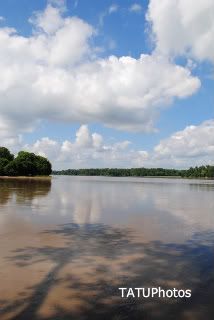
(Nikon, f/9, 1/250 sec., ISO-100)
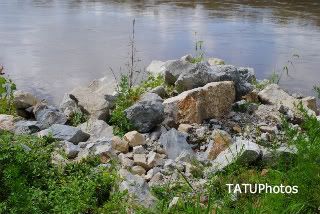
(Nikon, f/8, 1/250 sec., ISO-100)
Here is a daylight shot with the Fuji:

(Fuji, f/5, 1/680 sec., ISO-64)
Love how the sky looks like it's arching toward you.
I often use both the Nikon and Fujifilm cameras on a nature photo shoot because each camera has pros that the other doesn't. For example, the Fuji has a 12x zoom and also a macro option. When tilted at just the right angle at the sky it creates a polarizing filter effect. It also has exceptional color, and 10MP give the photos seriously excellent detail; very sharp.
The Nikon, on the other hand, is a D-SLR, and while it doesn't have the serious sharpness or as long a zoom as the Fuji, there's a natural softness to the pictures that blows me away. The colors don't always "pop" as much as the Fuji, but it fares much better in bright daylight. Also, it gives a wonderful texture to the earth near the end of the day. I also like that photos of objects have more depth, giving them a decidedly more "3-D" appearance.
And essentially, I can do MUCH more with the Nikon in terms of controlling exposure and flash compensation, metering, active D-lighting, ISO, and on and on (for an entry level, it kicks butt).
Anyway, moving on. Among the many rules in photography, one is that landscapes look much better at sunrise and sunset. Light apparently has a party at those times. So I went away for a while, and came back around a quarter to seven, staying till about eight-thirty. Notice the obvious difference in light from day to evening:

(Nikon, f/9, 1/250 sec., ISO-100)
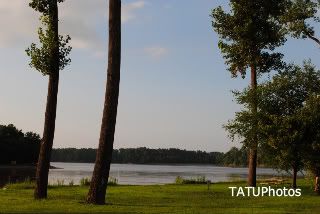
(Nikon, f/11, 1/500 sec., ISO-400)
And as the sun set (fortuitously, over the lake), the clouds of earlier in the day were burned off, which is always sad. But both cameras captured the light very well and how can you not love the way it shines in the water as the sun gets lower?

(Fuji, f/4, 1/210 sec., ISO-64)

(Fuji, f/4, 1/220 sec., ISO-64)

(Nikon, f/8, 1/250 sec., ISO-400)
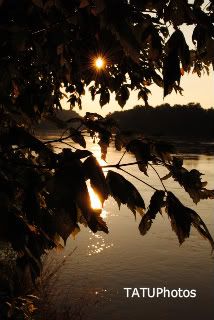
(Nikon, f/13, 1/640 sec., ISO-400)
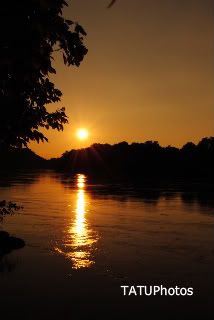
(Nikon, f/16, 1/1000 sec., ISO-400)
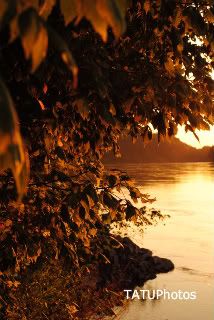
(Nikon, f/9, 1/320 sec., ISO-400)

(Fuji, f/5.6, 1/2000 sec., ISO-64)

(Fuji, f/3.6, 1/400 sec., ISO-64)
Sorry for the slide show. The first photo that is so blue is courtesty of the Fuji, which has three levels of flourescent under its white balance menu. I previously used them at the beach, and while the photos can turn out a little purple when printed out, the color mix usually stays true in digital format.
Anyway, those are my pictures and thoughts and if you've stuck it out this long, you're a good person.

I love the sunset pictures... You captured alpen glow only on the water! :)
ReplyDelete